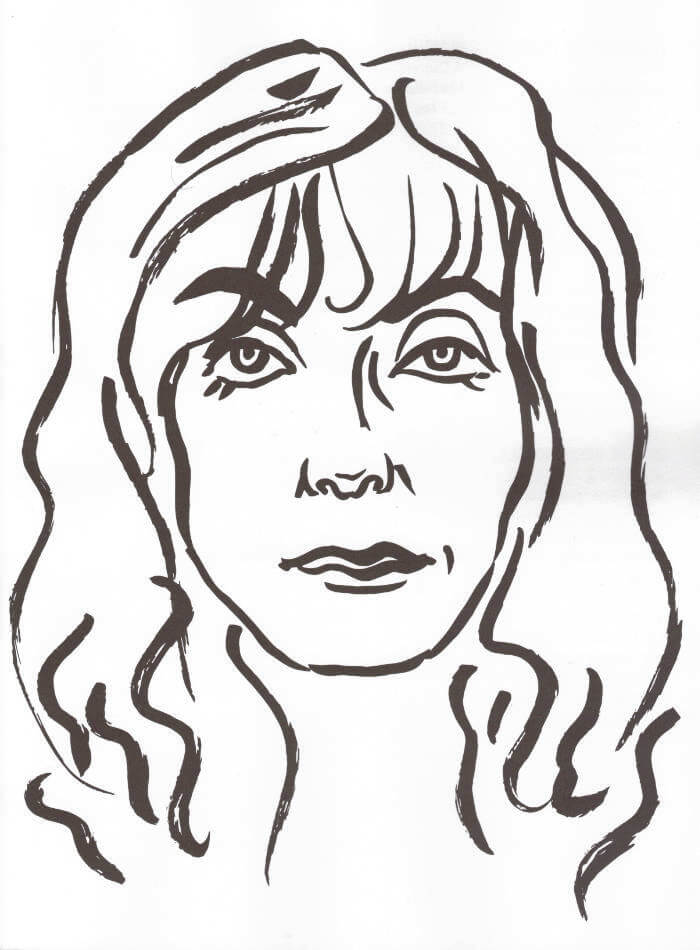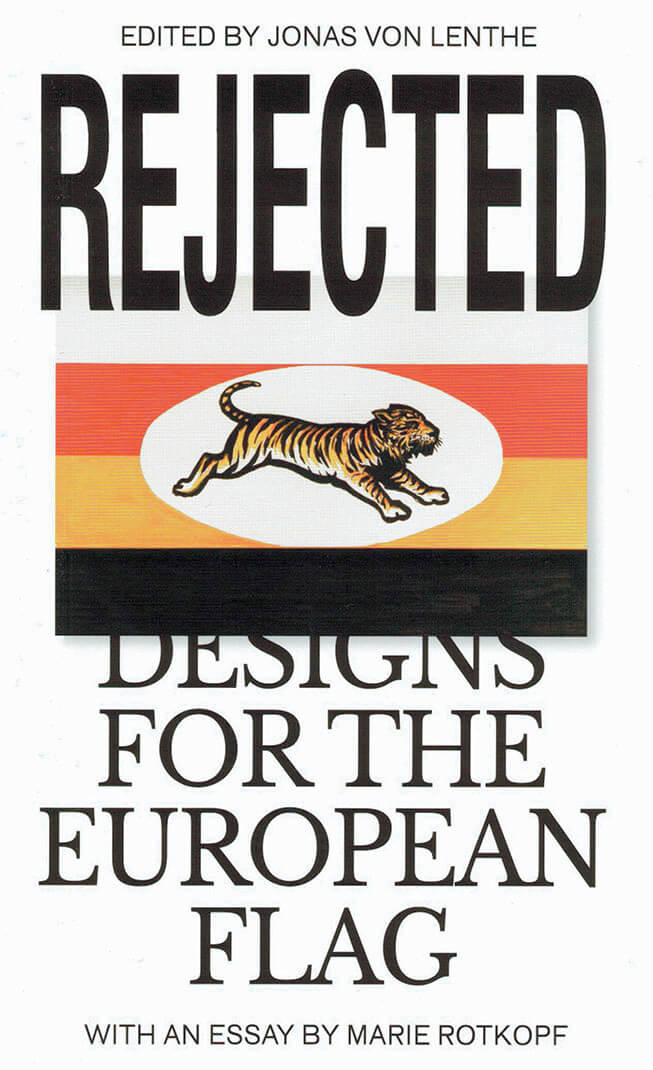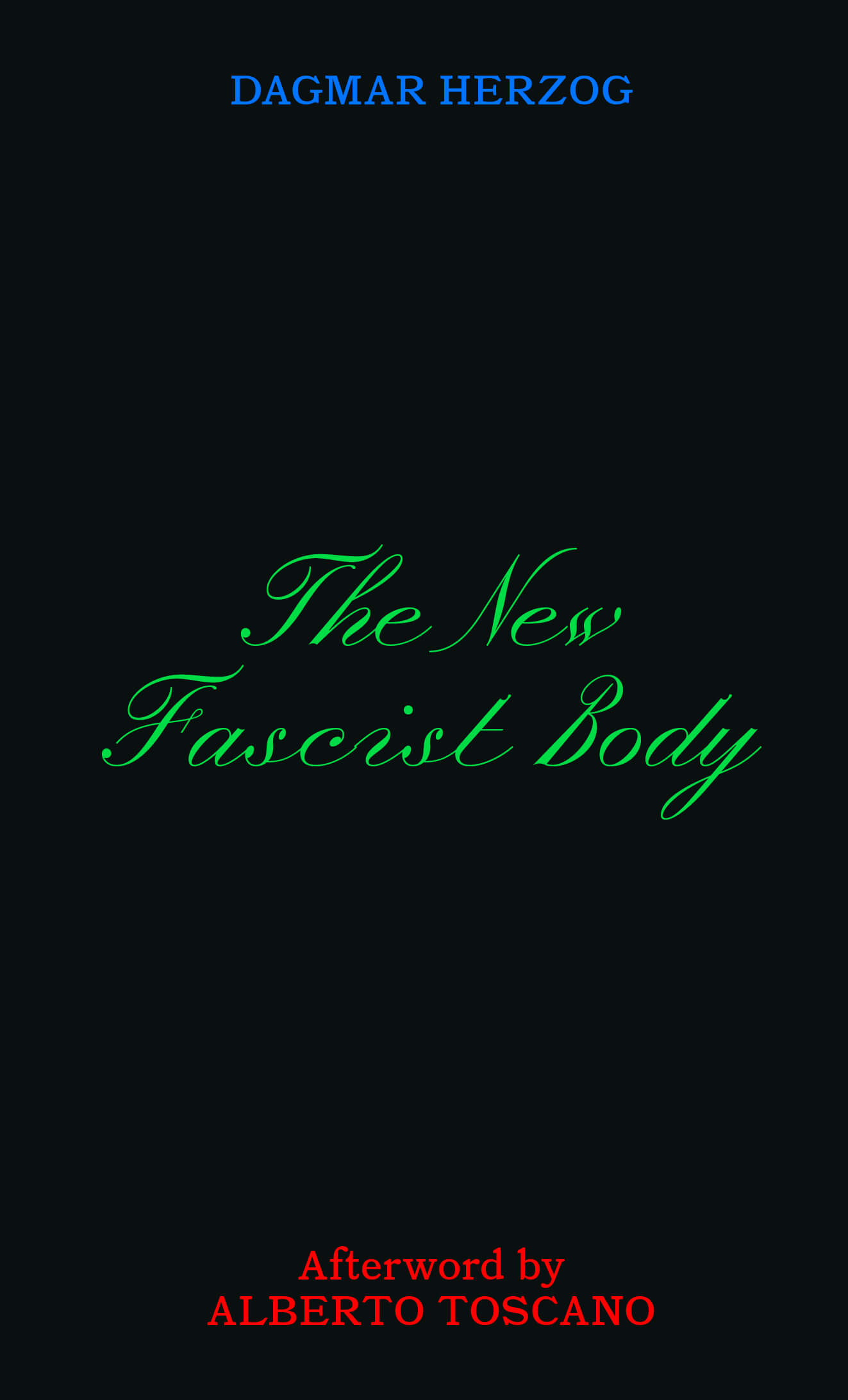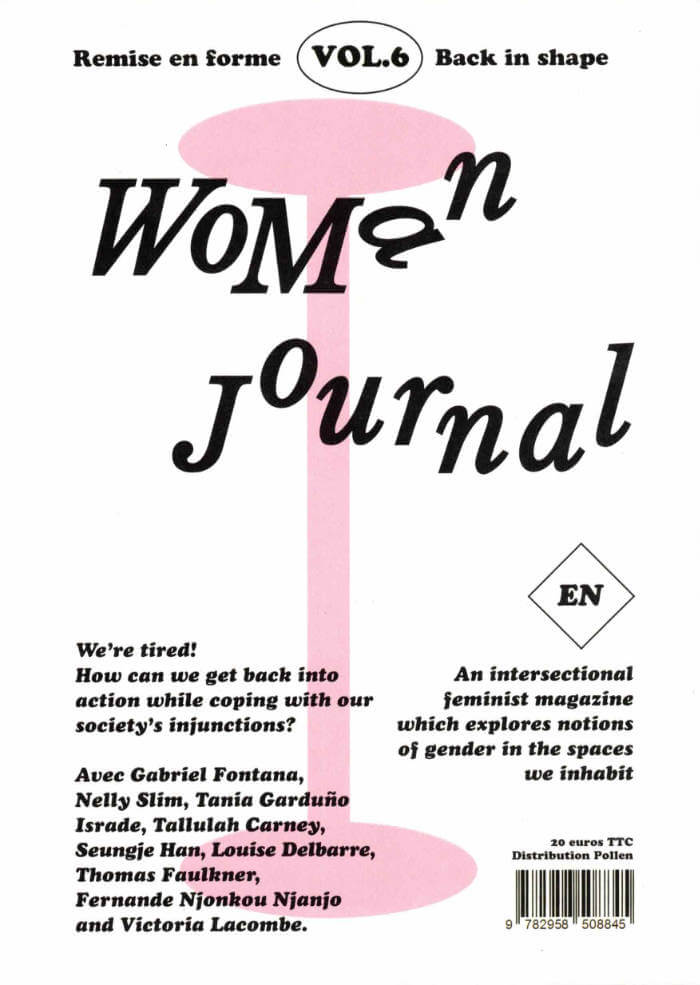
Side Magazine #02 – The Moped Rider
The second issue of the editorial discursive space for the Bergen Assembly triennial, conceived by Saâdane Afif, is dedicated to the manifold figure of the Moped Rider, which is approached differently by the seven contributors.
Side Magazine is conceived as a site of research for the fourth edition of Bergen Assembly convened by Saâdane Afif. Yasmine d'O., who has been invited as curator of the upcoming edition, will be the executive editor.
Side Magazine is dedicated to the seven characters in The Heptahedron, a play written by the French poet, essayist, and scholar Thomas Clerc in 2016. In order of apparition these characters are the Professor, the Moped Rider, the Bonimenteur, the Fortune Teller, an Acrobats, the Coalman, and the Tourist.
The second issue of Side Magazine is dedicated to the manifold figure of the Moped Rider, which is approached differently by the seven contributors. These include the film critic Lars Ole Kristiansen, who follows Nanni Moretti's vespa through Rome in the movie Caro Diario (1993), playing the role of a tourist in his own life. A reprinted chapter from Michele Bernstein's autofiction novel All the King's Horses (1960), tells the tale of late-night meanderings through Paris, and Kristian Vistrup Madsen addresses the changing intimacy between the musing figures in Caspar David Friedrich's series of paintings Two Men Contemplating the Moon (1819–c. 1830). Side Magazine's executive editor Yasmine d'O. is in conversation with curators Marcella Lista and Lou Ferrand about the place and movement of visitors in exhibition spaces.
Edited by Saâdane Afif and Yasmine d'O.
Contributions by Haci Akman, Michèle Bernstein, Lou Ferrand, Pierre-Henry Frangne, Patrick Jagoda, Yasmine d'O., Lars Ole Kristiansen, Marcella Lista, Kristian Vistrup Madsen.
Language: English







